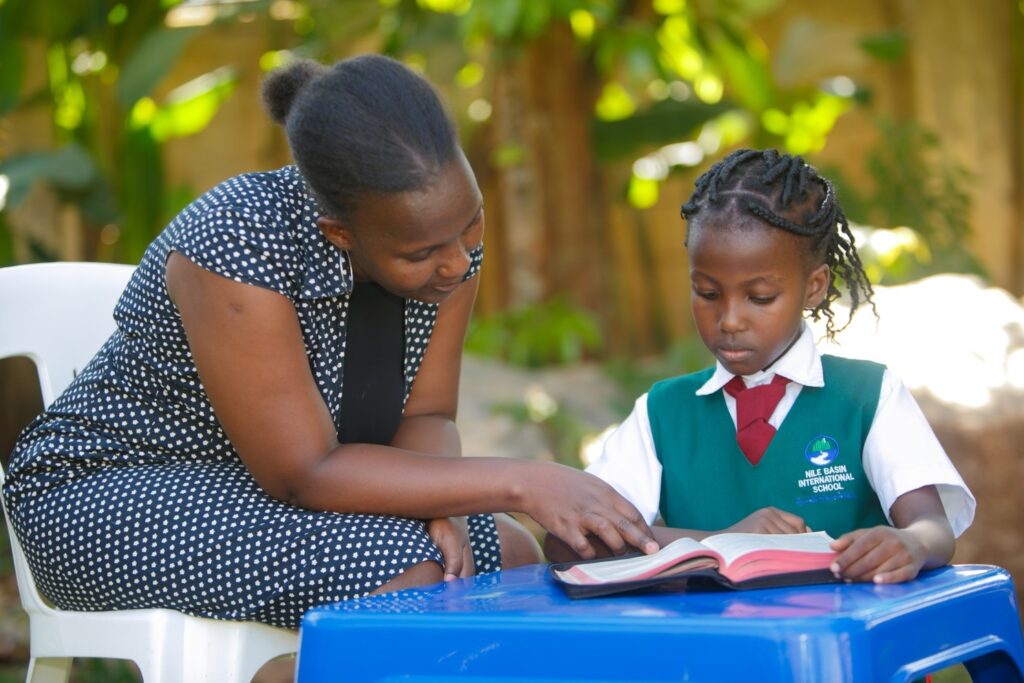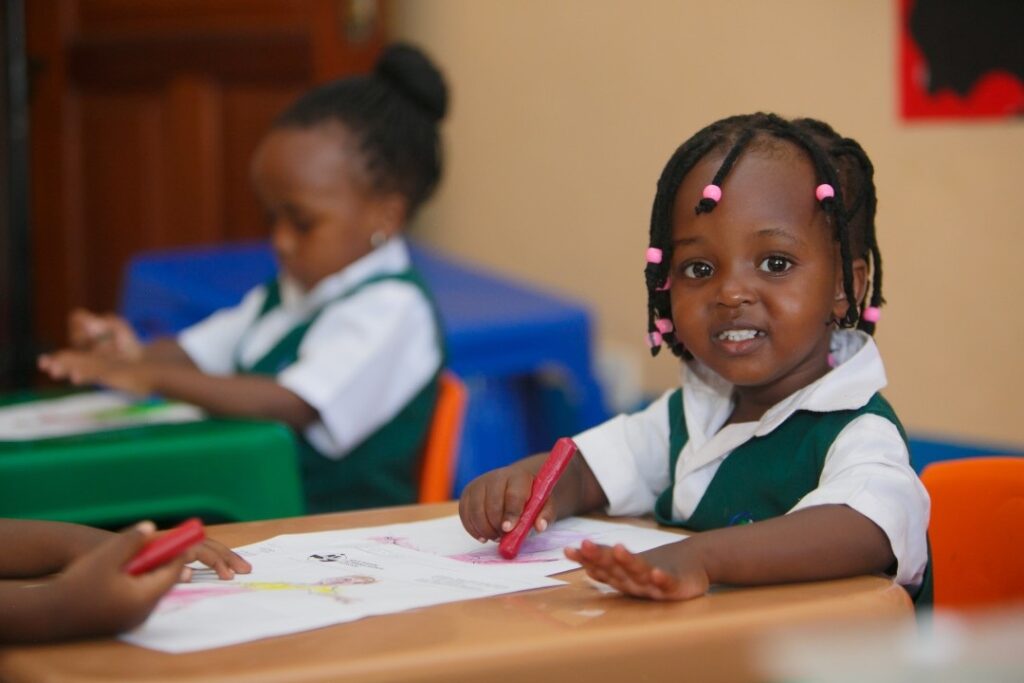Sustainable Development Goal 4 (SDG4) recognises every individual’s right to education, addressing inclusivity, equitability, and quality to promote lifelong learning.
Many opportunities align with this SDG at the global level. For example, international and regional human rights instruments—the Universal Declaration of Human Rights and the International Covenant on Civil Rights—recognise education rights.
Uganda’s Constitution, Article xviii (i), at the national level, commits the state to promote free and compulsory primary education by taking appropriate measures to afford every citizen equal opportunity to attain the highest educational standard possible—access to education is critical to fighting poverty. By implication, education is a matter of life —without access to timely, evidence-informed, and well-researched knowledge, education policymakers’ decisions will not empower citizens to obtain qualitative life changes.
Uganda experiences many other challenges that hinder the attainment of quality education at the individual level.
- Teenage pregnancy leads to school dropout. 25% of teenagers become pregnant by the age of 13. Hoima District has experienced this challenge more than any, contributing about 29% of the country’s challenge. At the time of assessment, this midwestern District had 13 sub-counties, 54 parishes, and 757 villages. Of 180 primary schools, 151 are government schools, 16 are private schools, and 13 are community schools; the number of enrolling, staying, and completing schools still needs to be higher.
- Intense urbanisation, tobacco farming, oil discoveries, refugee camping problems, intense road construction, and COVID–19 impacts have led to massive drop-out of many primary schools. In these and more sectors, more than 74,000 (26%) children aged 6 -17 went into child labour, while 29% of girls became child mothers and did not return to school (UBOS, 2021).
- In a population of 48,573,271 (UBOS, 2022), 55% (26,715,299) are under eighteen – the prolonged two-year COVID-19 lockdown between March 2020 and January 2022 severely affected most of the 15 million learners whose schools were closed. In January 2022, when the schools reopened, it was found that between 2020 and 2021, 650,000 pregnancies (Olukya, 2021) occurred among school-going teens. This is equivalent to a whopping 1,857 secondary schools for pregnant teens, based on an average enrollment of 350 students.
- Amidst all the above challenges, Accelerated Christian Education (A.C.E.), founded by Howard and his wife Esther in their first A.C.E. school in Garland, Texas 1970, has become the most significant contribution to education worldwide. At its peak in the 1980s, approximately 8,000 schools used the curriculum. As founded, the A.C.E. curriculum is a Bible-based curriculum. It has since remained very Biblically focused and does not promote one denomination over another but instead seeks to incorporate Biblical truths into each PACE.
The Accelerated Christian Education (ACE) curriculum – Why must you embrace it?

ACE is Bible-based and associated with reading programs, a core curriculum, required electives, and additional instruction programs. It has divided the conventional textbook into bite-sized, achievable worktexts called PACEs – Packets of Accelerated Christian Education workbooks.
You can read the full article here

